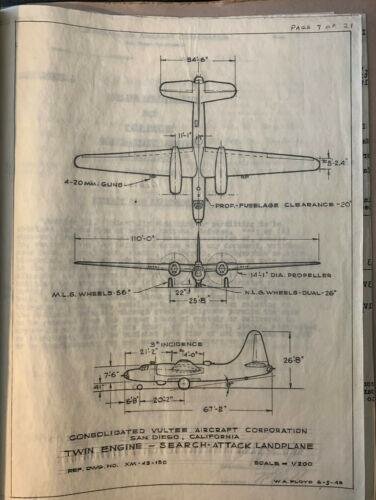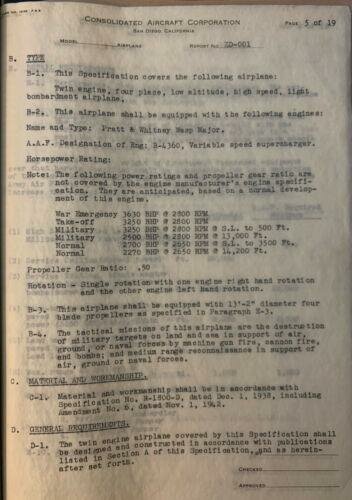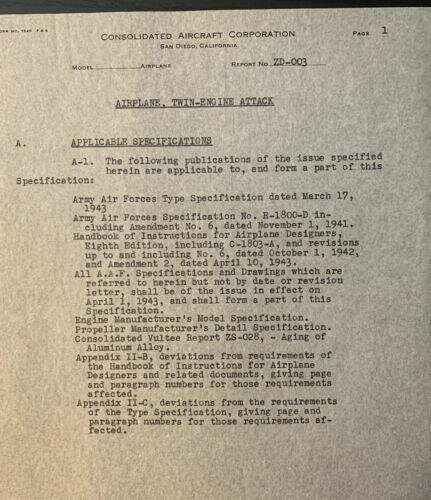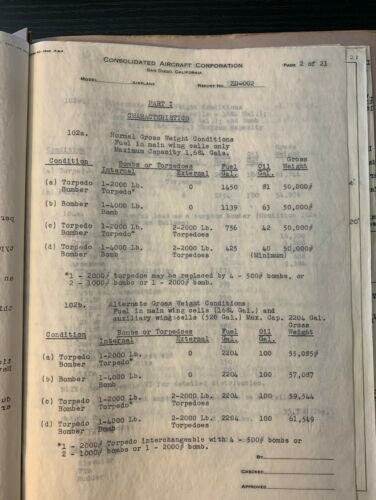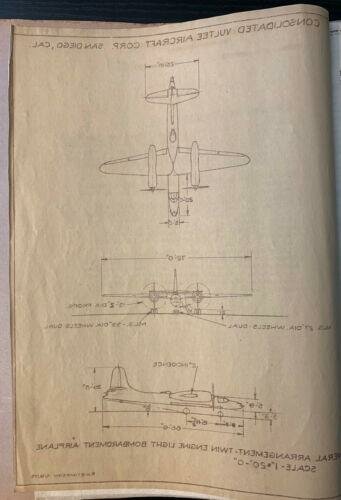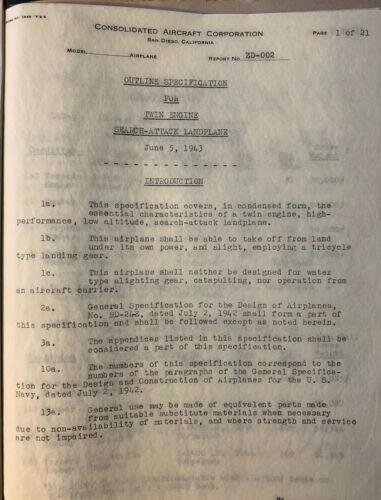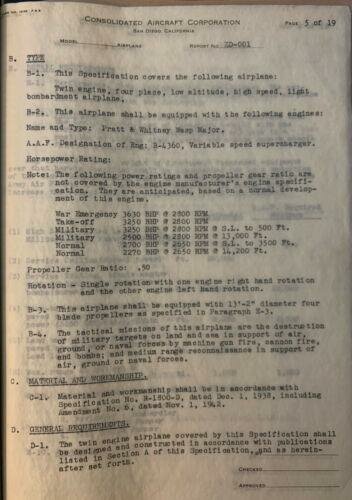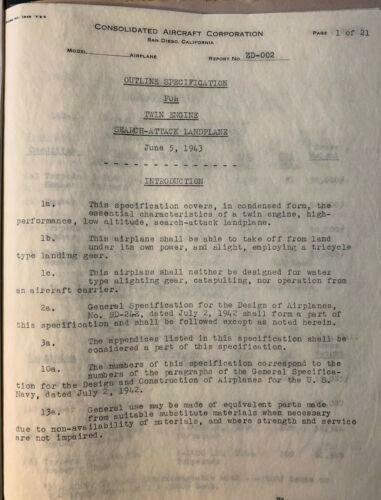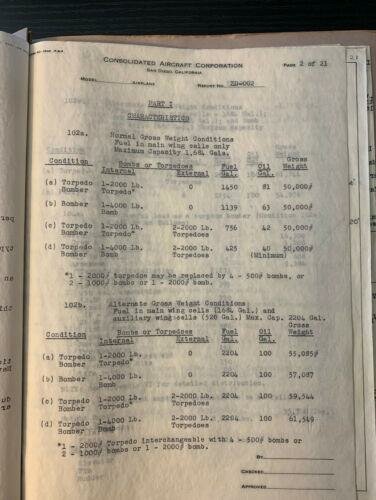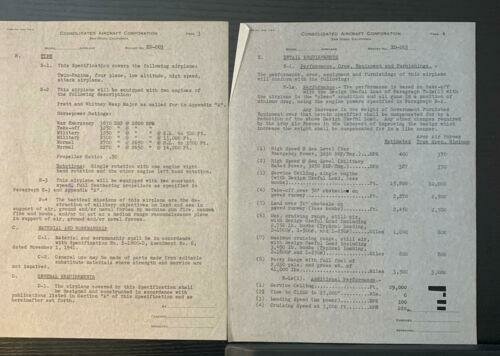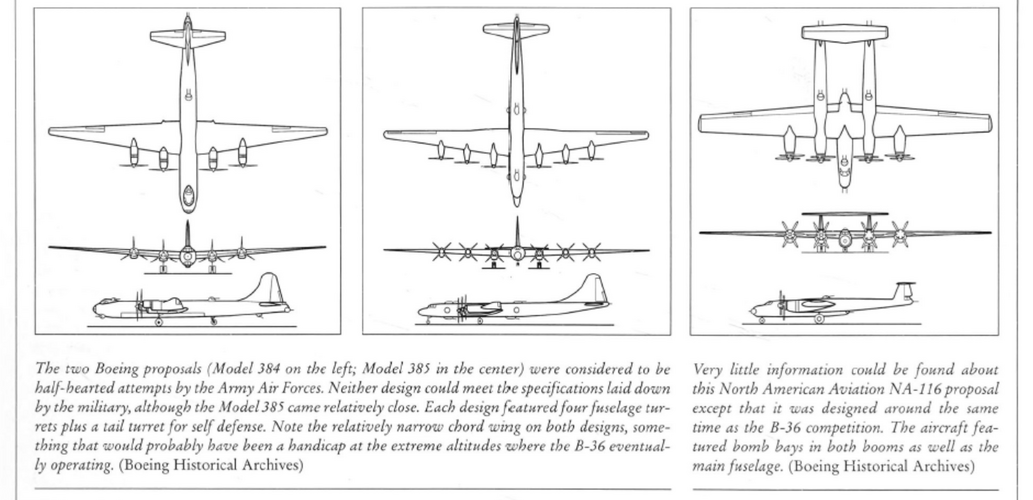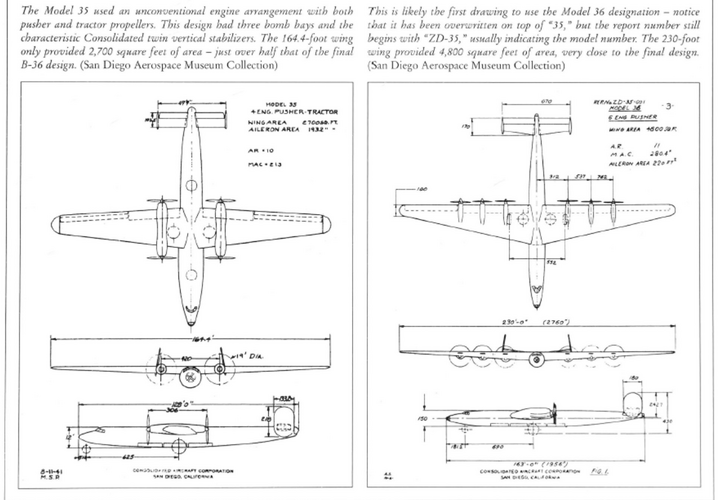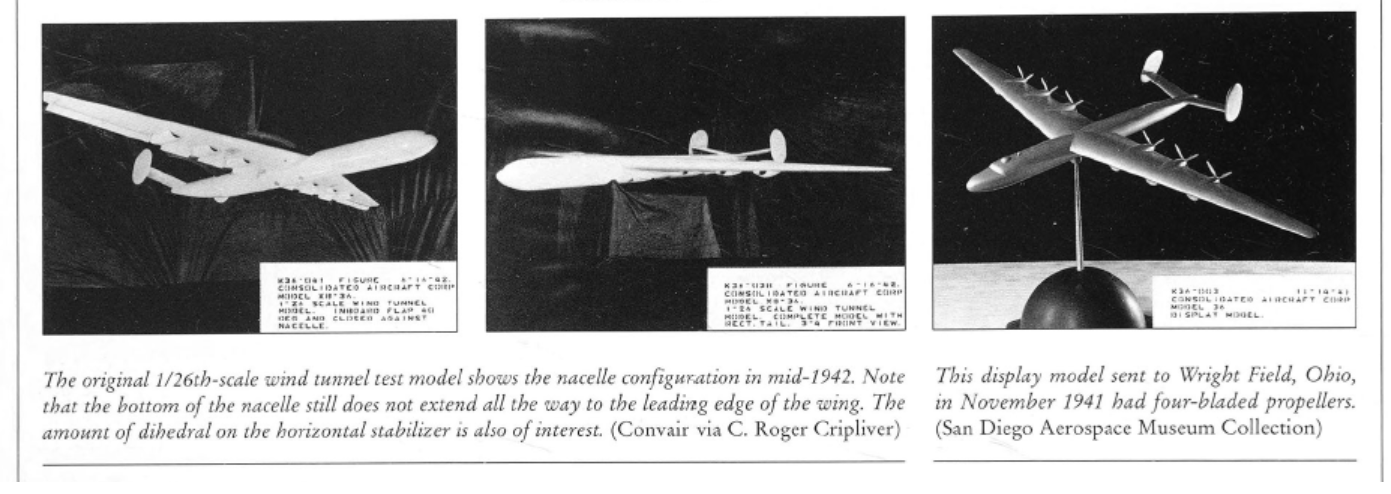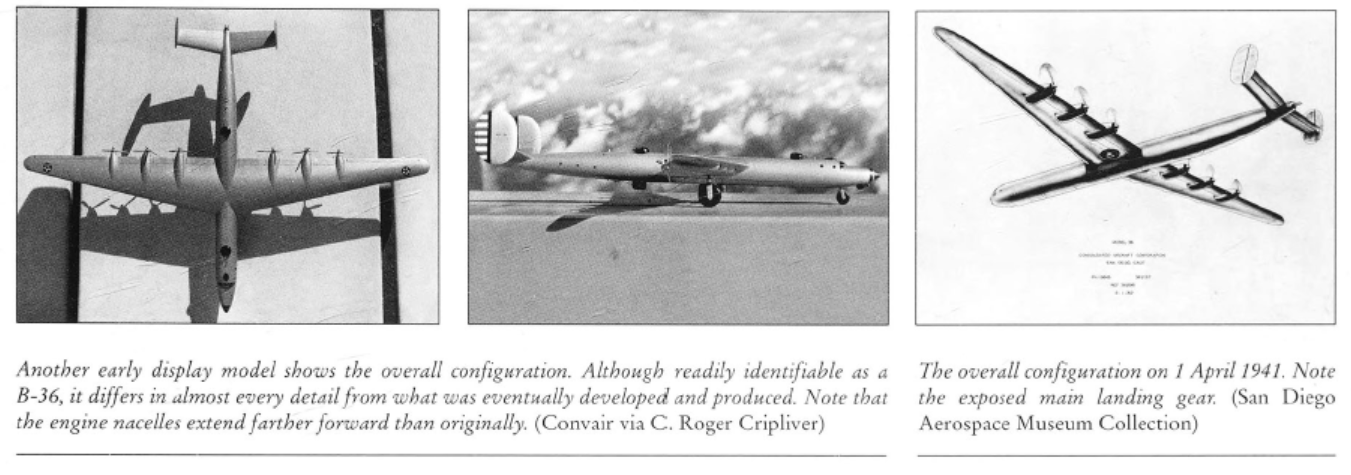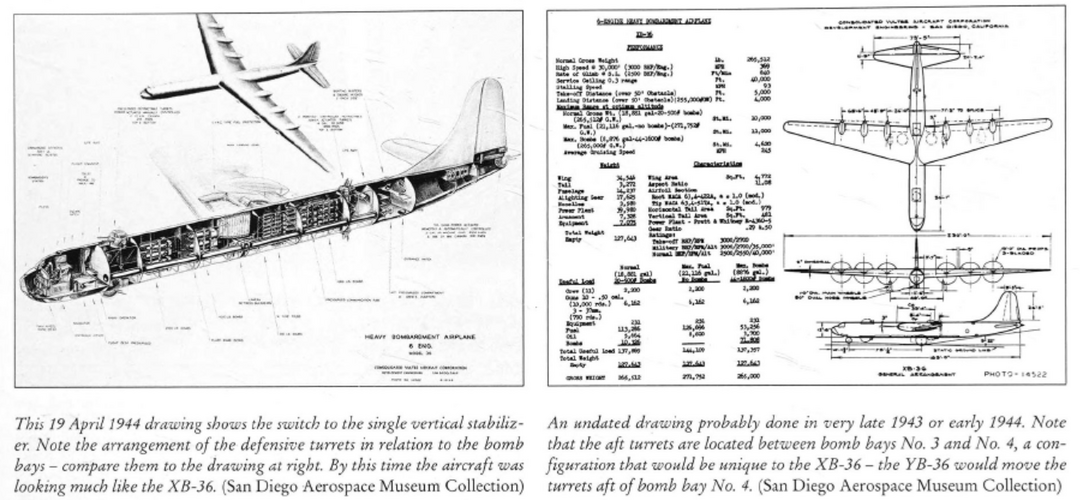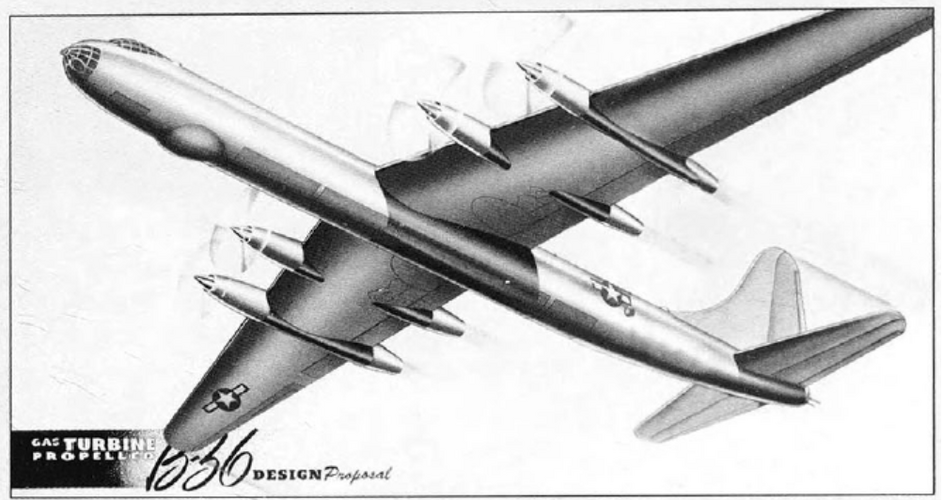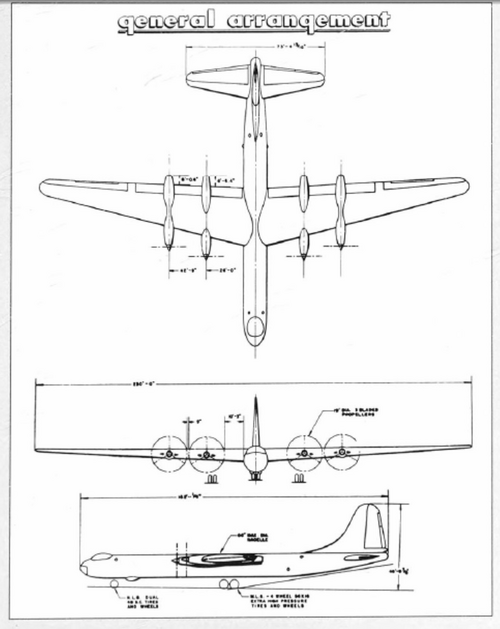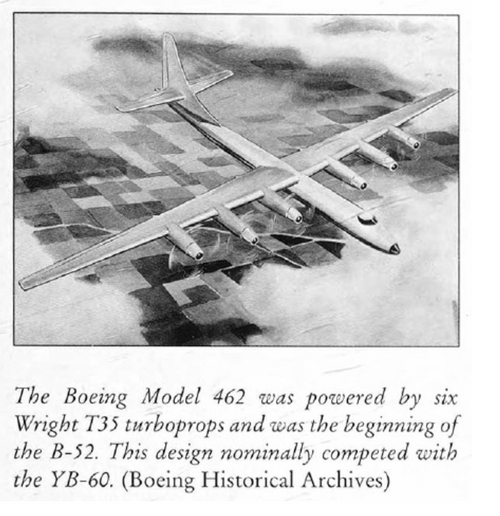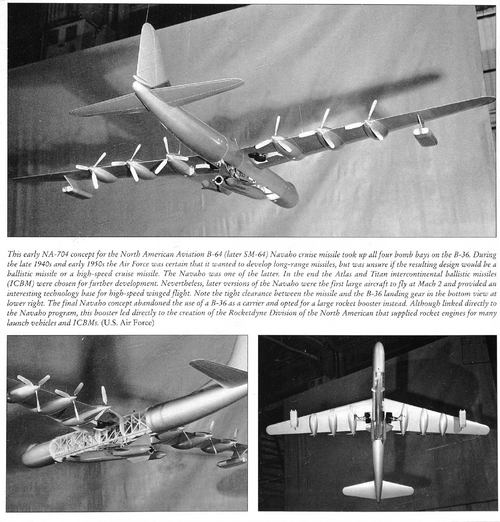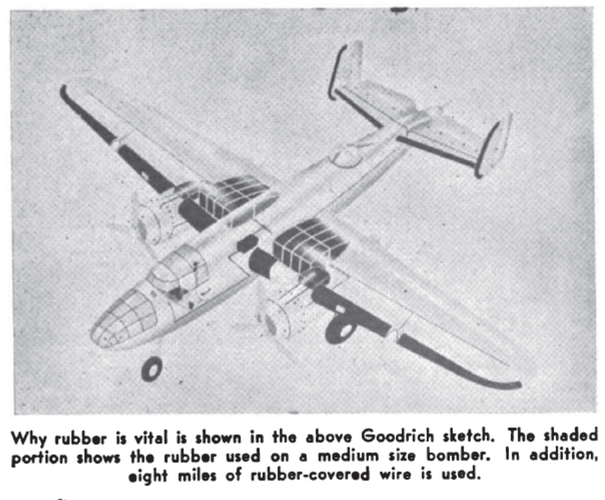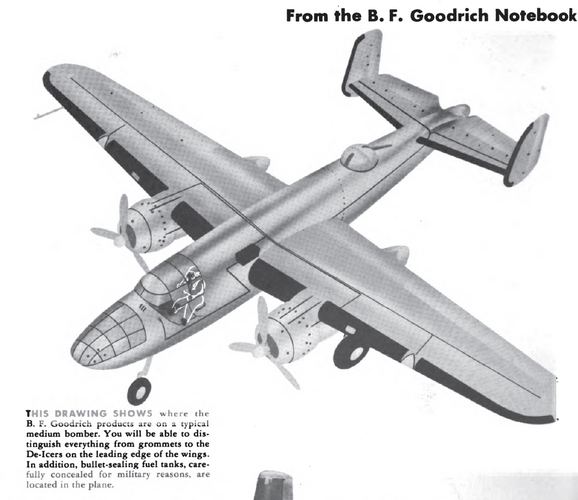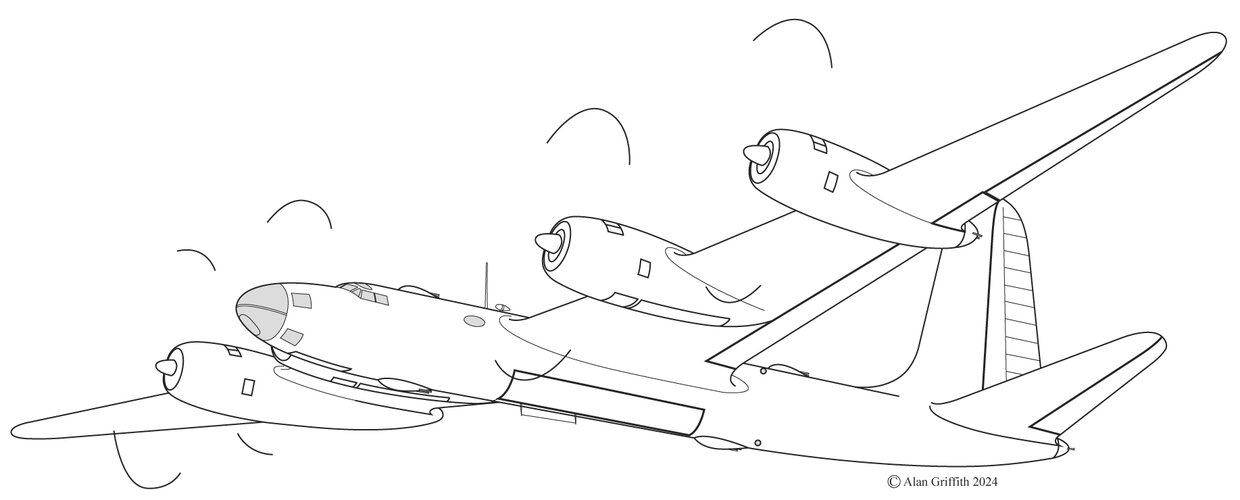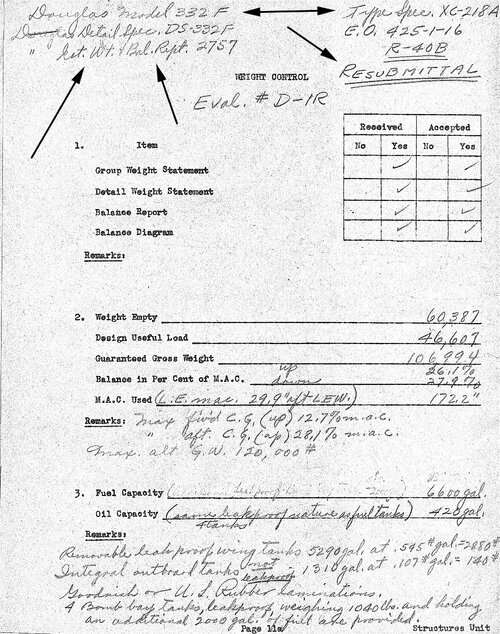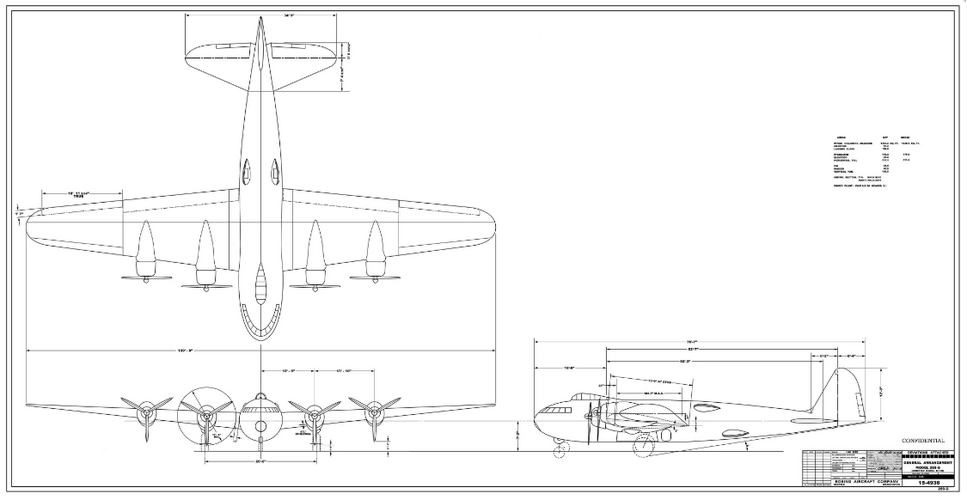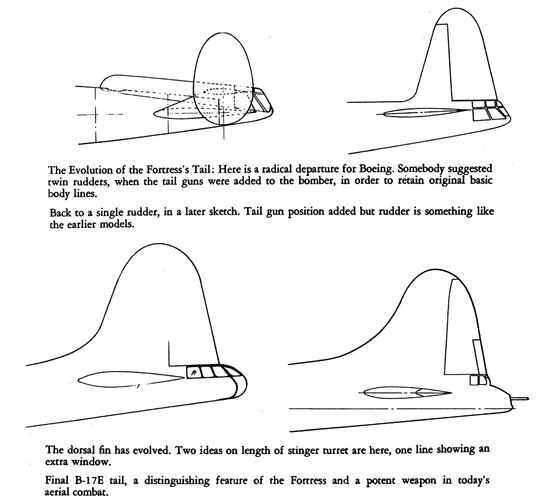My little summary on US Heavy Bomber Evolution from 1934 to 1945
Additions, corrections, etc...will be wellcome as usual

Antonio
Sources:
International Air Power Review Vol.4, 5 and 13. Airtime Publishing
US Bombers 1928 to 1980s. Lloyd S. Jones. Aero Pub
Magnesium Overcast. Dennis R. Jenkins. Speciality Press
Giants of the Sky. Bill Gunston. PSL
B-29 Superfortress. Part 1. Detail & Scale Vol. 10. Alwyn T. Lloyd.
Boeing Aircraft since 1916. Peter M. Bowers. Putnam
B-29 In Action
B-24 In Action
B-17 In Action
B-36 In Action
By 1934, when Billy Mitchell young devotees had risen to decisive positions in the USAAC it was time to develop the long range bomber concept.
In 1934 it was officially launched as Project A. Influenced by the Soviet ANT-20 supposed performances, a 5,000 miles (8000 Km) range was requested for the Project A design. (In fact this was 6 times the real figure from the ANT-20)
Project A was intended to carry out defensive operations in Alaska, Hawaii and Panama from CONUS bases.
Submissions came from Boeing and Martin.
Experimental Long Range Bomber (Project A)
Allison V-1710-3 in-line engines were specified for both designs. 1000 hp
XB-15. Boeing Model 294. A flying wing layout was also studied.
XB-16. Martin Model 145 initial layout. In 1935 layout changed to twin boom configuration.
1934, August. Boeing developed Model 299, a scaled down derivative from Model 294 design work to enter the USAAF new multi-engined bomber competition. The aircraft was designated XB-17. This program was conceived not for a long range bomber but a coastal defence aircraft capable of attacking enemy warships.
Model 299 range was 3000 miles. It was powered by P&W Hornet radials. 750 hp
1935, February. The USAAC announced Project D for the development of a Very Long Range Bomber. Project D had to push the limits one step beyond from Project A. A prototype was expected to be ready for March 1938.
Submissions came from Douglas and Sikorsky
Allison XV-3420-1 in-line engines were specified. 1600 hp
Douglas (Model number unknown to me)
Sikorsky restricted project No. M5-35
1935, summer. Both Project A and D merged under the BLR prefix.
Boeing XBLR-1
Douglas XBLR-2
Sikorsky XBLR-3
Martin never get the XBLR-4 designation because it was cancelled.
1935, July. XB-17 made its maiden flight.
1936. XBLR-3 was also cancelled and Boeing and Douglas designs get the B prefix.
Boeing XB-15. Powerplant specification changed to P&W R-1830 Twin Wasp radials. 1200 hp
Douglas XB-19. Powerplant specification changed to Wright R-3350 radials. 2000 hp
1937. XB-15 made its maiden flight while XB-19 suffered delays because Douglas priorities concentrated in other designs. USAAC ordered them to go ahead with the project.
The XB-15 was underpowered so a P&W R-2180 version was considered under the designation Y1B-20 but later cancelled.
1938, March. Boeing offers a new long range bomber based on XB-15 experience. Boeing Model 316 is designated Y1B-20 (second use for this designation) and later XB-20. Several variations studied with Wright Cyclone (1350 hp) or P&W R-2180-5 (1400 hp) engines. The project was cancelled. Model 334, a pressurized B-17 derivative with tricycle undercarriage was also considered.
1938 USAAF requested Consolidated for heavy bomber with a performance exceeding the B-17. The answer was Model 32, B-24
1939, January. USAAC asked Consolidated to create a new production outlet for the B-17 but they replied with a counter-offer, the Consolidated Model 32 which was accepted as the XB-24 (Powerplant: P&W R-1830-33 Twin Wasp radial. 1200 hp).
1939, July. First B-17B delivered
1939. Boeing continued studies on a Long Range Bomber under Model Numbers 334A and 341.
1940, January. USAAC issued a requeriment for what it was known as the “Superbomber”. Range: 5333 miles. Speed: 400 mph.
Submissions came from:
XB-29: Boeing Model 345 (the latest refinement of the Model 316 and Model 341 line)
XB-30: Lockheed Model 51-81-01
XB-31: Douglas Model 332F
XB-32: Consolidated Model 33
The figures for the XB-29 were Range: 5830 miles. Speed: 365 mph. Powerplant: Wright R-3350-23 radials (2200 hp)
1941, April. A competition for an intercontinental bomber was initiated. In the case of a German invasion of the UK and USA involved in the War against Germany, a bomber capable of operations from America against Europe would be needed. Required range was 10.000 miles.
Proposals came from:
* Consolidated Model 35
* XB-36: Consolidated Model 36
* Consolidated Flying Wing Bomber
* Boeing Model 384
* Boeing Model 385
* Boeing twin boom bomber(Model Number unknown to me)
* XB-35: Northrop (Model Number unknown to me)
* North American NA-116
* Burnelli B-2000B
With the fortunes of War, the project lost its priority. The attack on Pearl Harbour shifted priority to B-24 and XB-32. In September, 1942 highest priority was required again but this time not for the European theatre but this time to fly across the Pacific. Nevertheless, until the cancellation of the B-32 production, the project received little interest.
1941, summer. XB-19 made its maiden flight.
1942, September. B-29 first flight.
1946, August. B-36 First Flight.

